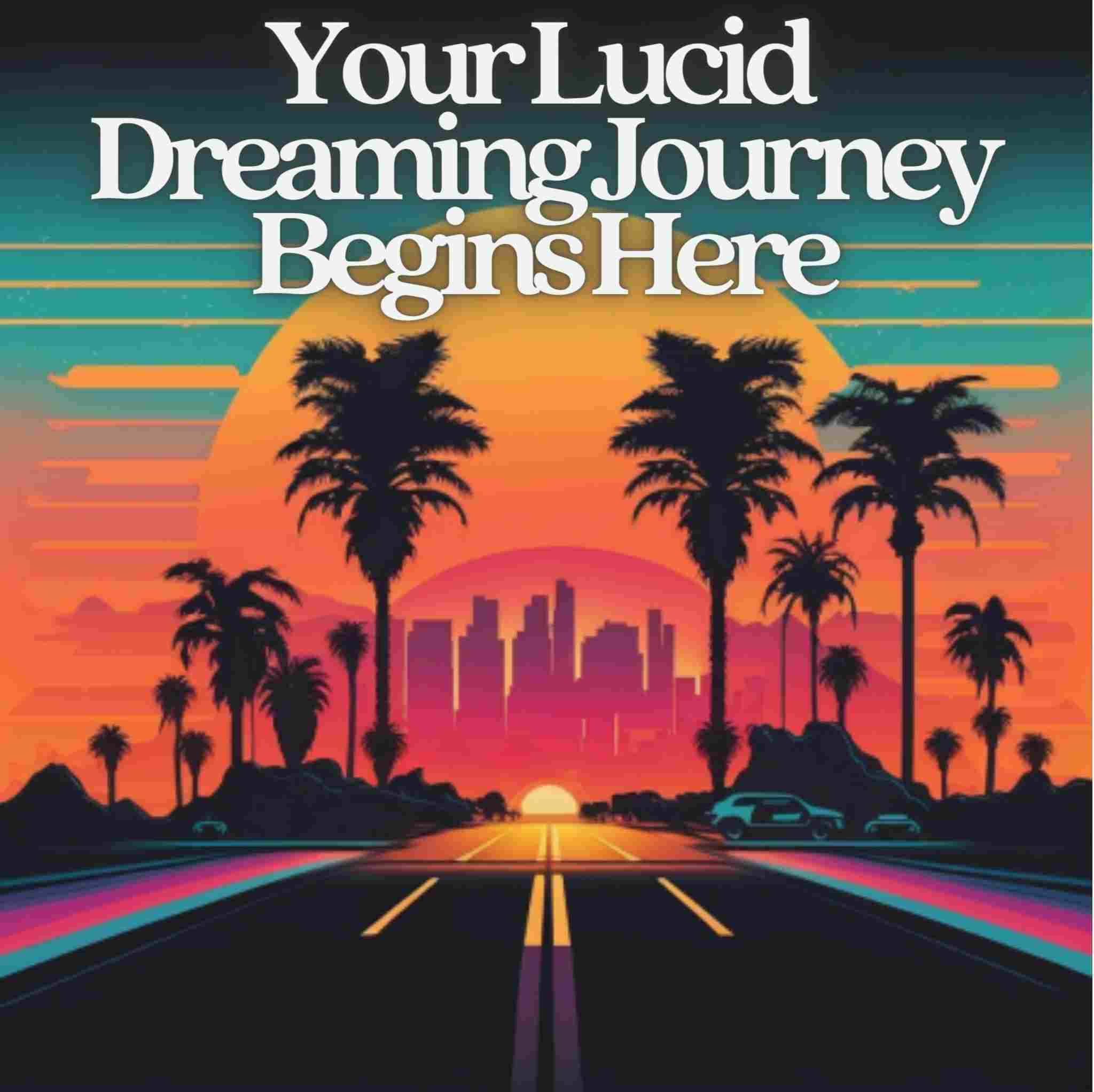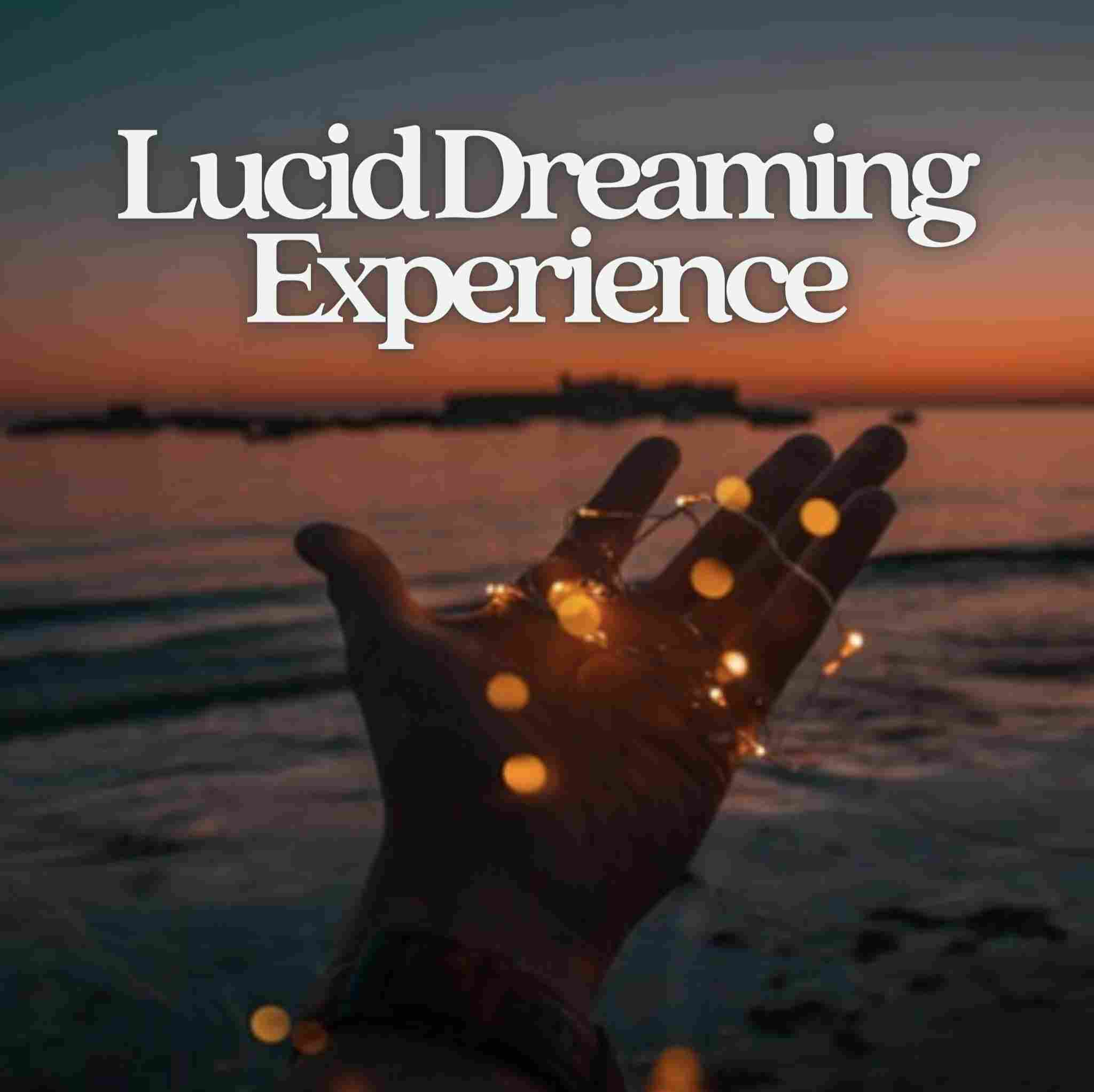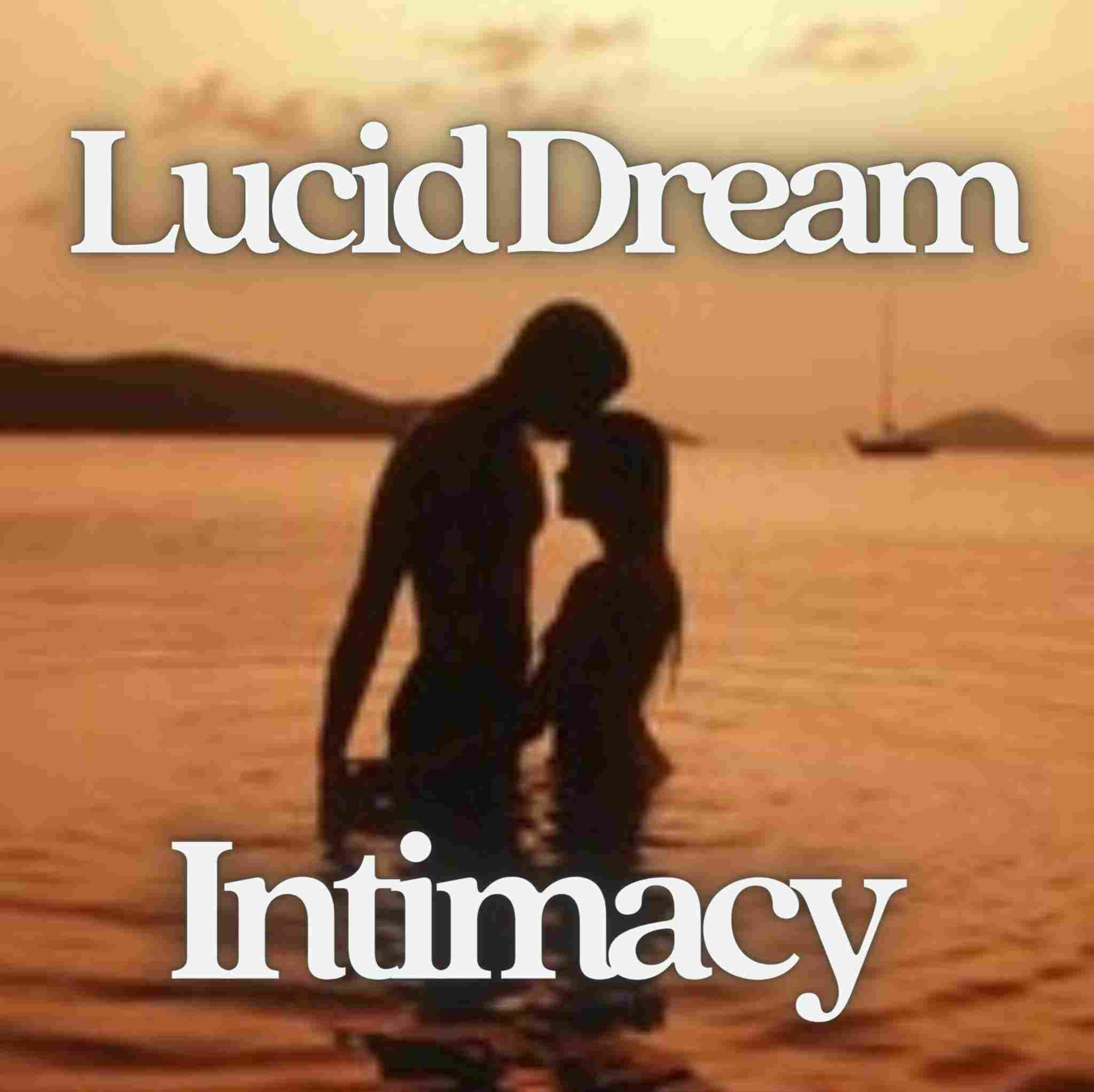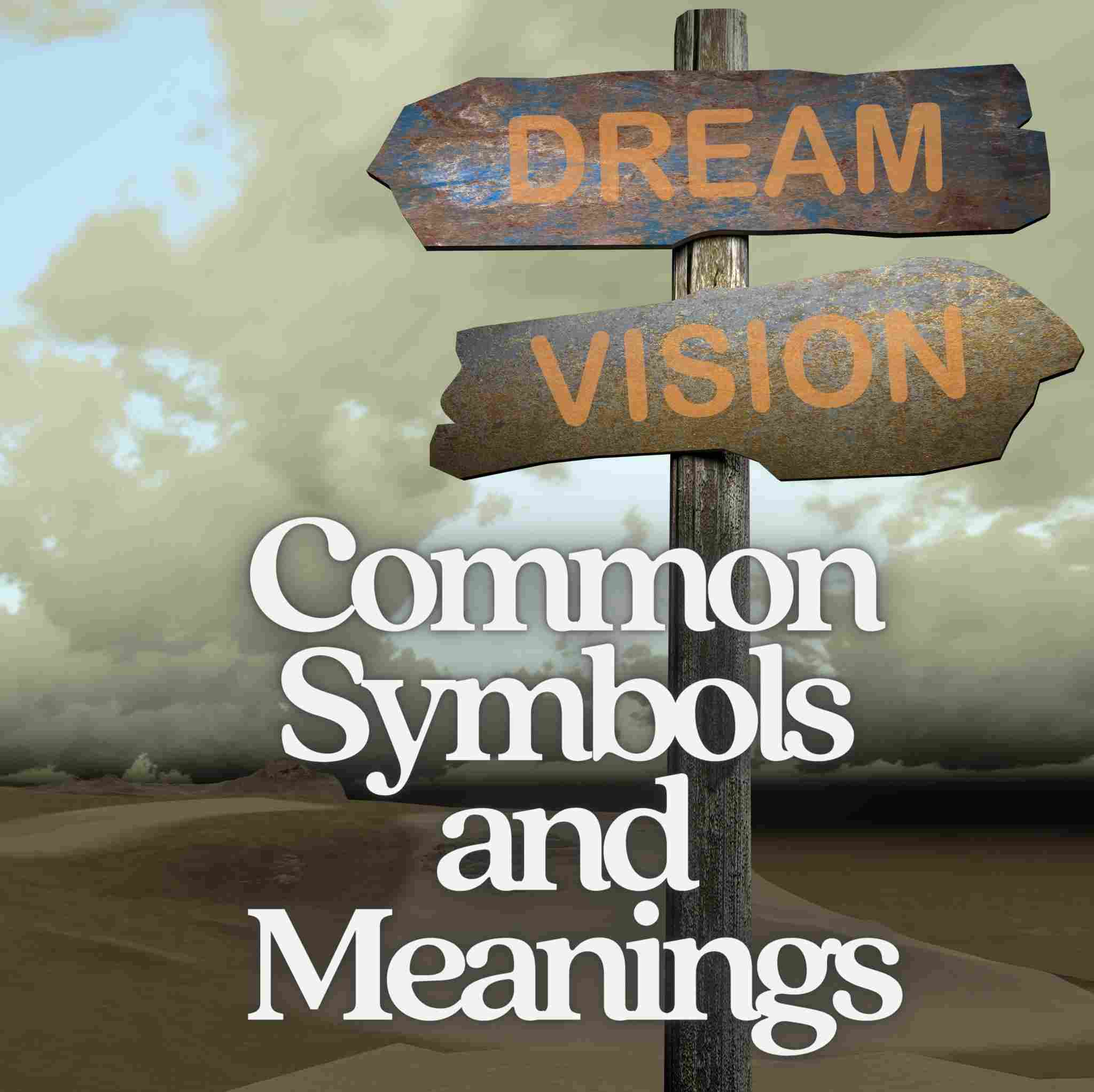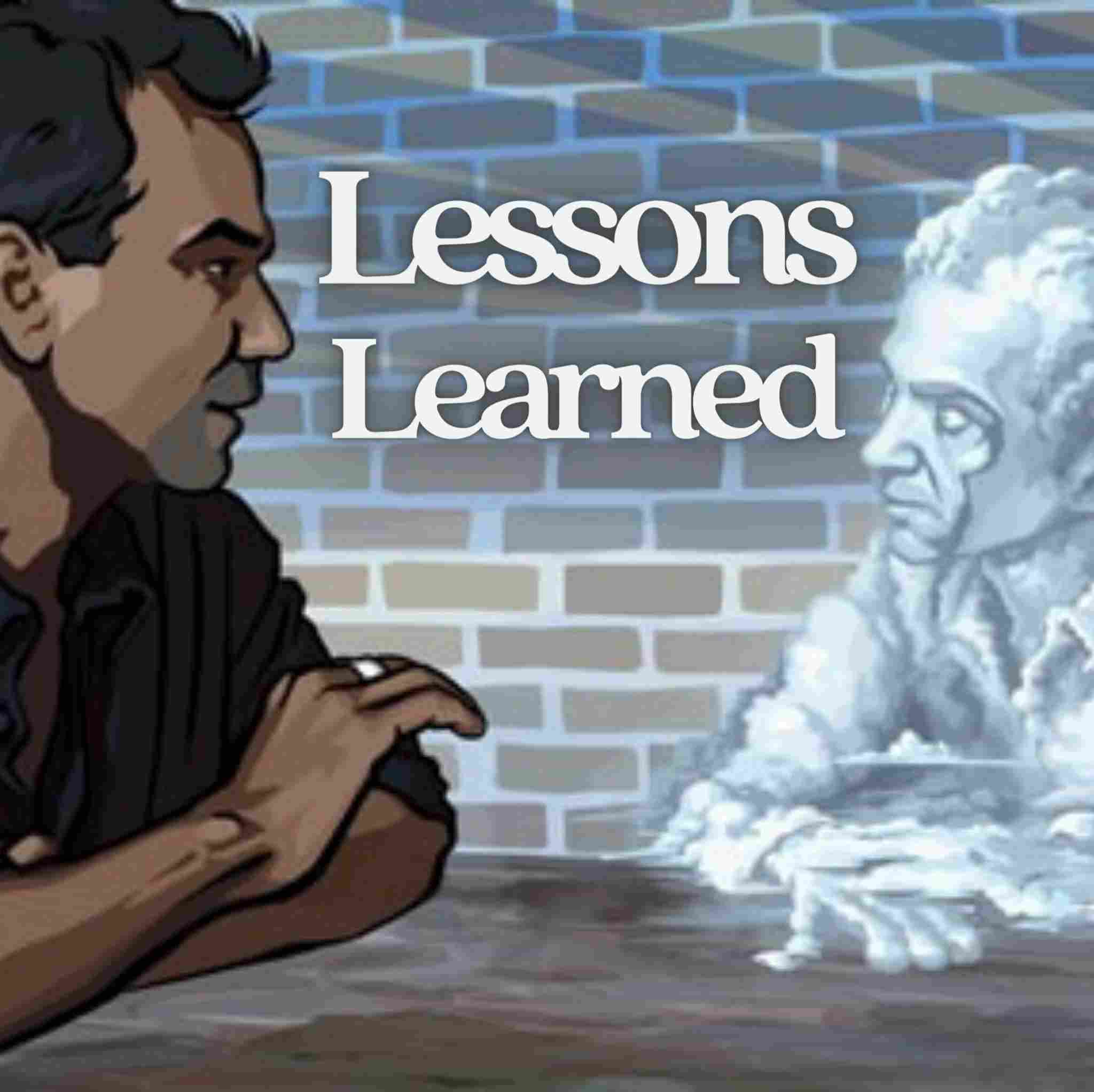Dream Yoga: Lucid Dreaming in Tibetan Buddhism
Tibetan Dream Yoga and the ancient philosophy of Tibetan Buddhism. Explore new depths to lucid dreaming and get a taste of some dream yoga techniques.

Tibetan Dream Yoga is the original form of lucid dreaming documented for at least 1,000 years.
Also known as Milam - the yoga of the dream state - it's a suite of advanced tantric techniques.
Just like our Westernized understanding of lucid dreams, the initial aim is to awaken the consciousness in the dream state.
However, as for what happens next, Tibetan lamas have more esoteric goals in mind...
The Basis of Dream Yoga
Dream yoga is taught within the trance Bardos of Dream and Sleep. In the tradiditon of tantra, it's usually passed on by a qualified teacher, once the student has passed an initiation.
It's considered a passing on of enlightened experience rather than reading texts, and requires the student to develop sufficient self awareness to achieve conscious lucidity during sleep.
Their aim is to harness the power of the lucid dream state by "apprehending the dream". Students are then required to complete set tasks to take them to the next level. These tasks include:
- Practice sadhana (a spiritual discipline)
- Receive initiations, empowerments and transmissions
- Visit different places, planes and lokas (worlds)
- Communicate with yidam (an enlightened being)
- Meet with other sentient beings
- Fly and shape shift into other creatures
The ultimate goal in Tibetan dream yoga is to apprehend the dream - and then dissolve the dream state.
When deprived of physical and conceptual stimulus from the dreaming mind, you can observe the purest form of conscious awareness.
Dream Yoga Techniques
The philosophy of Tibetan Buddhism is complex, but you don't need to be an expert to practice dream yoga techniques. However, you do need to show commitment; a technique is only as good as you are prepared to work at it.
One very broad but basic rule is this: continually compare your dreams to waking reality and know what it feels like to be conscious. This will increase your self awareness and you will find it easier to induce lucidity in dreams.
Here's an example of a dream yoga technique. If you already practice lucid dreaming, you'll find it familiar because dream recall is the key to lucid dreaming which ever way you look at it.
Dream Recollection
Every time you wake up, reflect on all the dreams you can remember. In Tibetan Buddhism, it's believed that the ego travels about during sleep - revisiting places we have been to in real life, and repeating all our experiences.
So it's important to meditate upon your latest dreams and recollections. Stay completely still while you do this, because the "dream body" is disturbed by physical movement and the memories are lost.
As you meditate on your dreams, repeat the mantra: RAOM GAOM, accentuating the O and splitting each word into two syllables. This will help focus your awareness on memories from the unconscious.
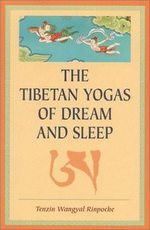 Further Reading
Further Reading
To learn more about dream yoga, I recommend The Tibetan Yogas of Dream and Sleep by Tenzin Wangyal Rinpoche. Unlike many other books on the subject, Tenzin is clear and concise and offers lots of practical examples.
This book is aimed at beginners to dream yoga, starting with the nature of dreams and their relationship with reality. He also emphasizes how you can incorporate dream yoga into your daily life and reap the rewards of this profound lucid dreaming practice.






